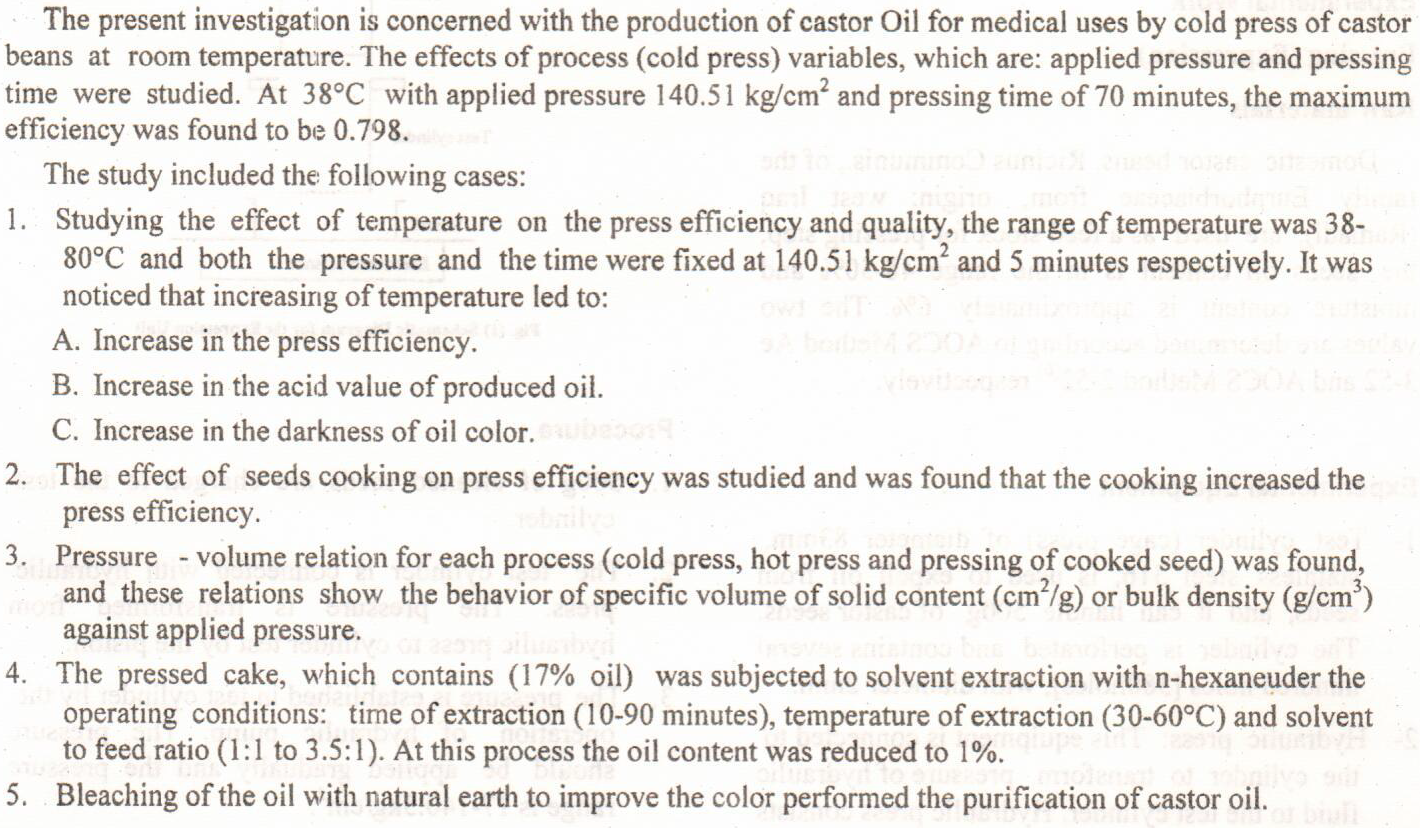
This study was included the isolation of four strains from two species of lactic acid bacteria which as Lactococcus lactis subsp. diacetylactis; Lactococcus lactis subsp. lactis; Leuconostoc mesenteroides subsp. mesenteroides and Leuconostoc mesenteroides subsp. cremoris, were isolated from locally fermented diary products. The isolated were identified by using morphological, cultural and biochemical tests. Their abilities to producing flavor compounds as each Diacetyl and Acetoin after cultured on MRS broth media and incubation at 30 °c for 24 hours. The results indicated that’s all strains were produced the acetoin significantly (P<0.05) more than diacetyl compound. The production of Lactococcus lactis subsp. diacetylactis from Diacety
... Show Moreبسبب محدودية الموارد الطبيعية، فأن سكان الخليج ومنذ القدم وجهوا جلّ نشاطاتهم توجهاً بحرياً: صيد الاسماك وصناعة اللؤلؤ العنصر الرئيس في حجم التشغيل، وتكوين الفائض الاقتصادي في المنطقة آنذاك.
لقد تزايدت أهمية هذا النشاط بخاصة بعد النصف الثاني من القرن التاسع عشر، لرواج تجارة اللؤلؤ عالمياً، وأنفتاح الخليج على الدول الاوروبية التي شهدت نهضة صناعية متسارعة، وحيث وصلت الخليج العديد من بضائع
... Show More (2)
(2)
 (4)
(4)
 (2)
(2)
The printing designer's creative thinking is a deliberate mental process based on specific skills that stimulate the motivation of the student to learn and call for new information for the investigation and research to discover the problems and attitudes and through reformulating the experience in new patterns depending on the active imagination and the flexible scientific thinking through providing the largest number possible of various unfamiliar printing design models, and testing their suitability and then readjusting the results with the availability of suitable educational, learning and academic atmosphere.
The designer's creative thinking depends on main skills. Fluency skill is to put t
... Show MoreBackground: Pumpkin seeds are a valuable source of high-quality protein and can be utilized as functional food ingredients due to their properties, such as solubility, foam formation, and stability. This study aims to produce protein isolate and its enzymatic hydrolysates from local pumpkin seeds to study their properties. Methodology: Preparing defatted pumpkin seeds for protein extraction, followed by the enzymes’ hydrolysis using Trypsin and Pepsin enzymes separately and together in two methods. The determination of amino acids and the degree of hydrolysis was conducted; moreover, protein properties were studied, including solubility, emulsifying activity, stability index, foaming capacity, and stability. Results: A protein sample was
... Show MoreQuality control charts are limited to controlling one characteristic of a production process, and it needs a large amount of data to determine control limits to control the process. Another limitation of the traditional control chart is that it doesn’t deal with the vague data environment. The fuzzy control charts work with the uncertainty that exists in the data. Also, the fuzzy control charts investigate the random variations found between the samples. In modern industries, productivity is often of different designs and a small volume that depends on the market need for demand (short-run production) implemented in the same type of machines to the production units. In such cases, it is difficult to determine the contr
... Show MoreProduction and characterization of methionine γ- lyase from Pseudomonas putida and its effect on cancer cell lines
 (4)
(4)
